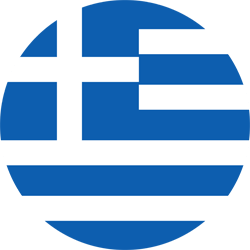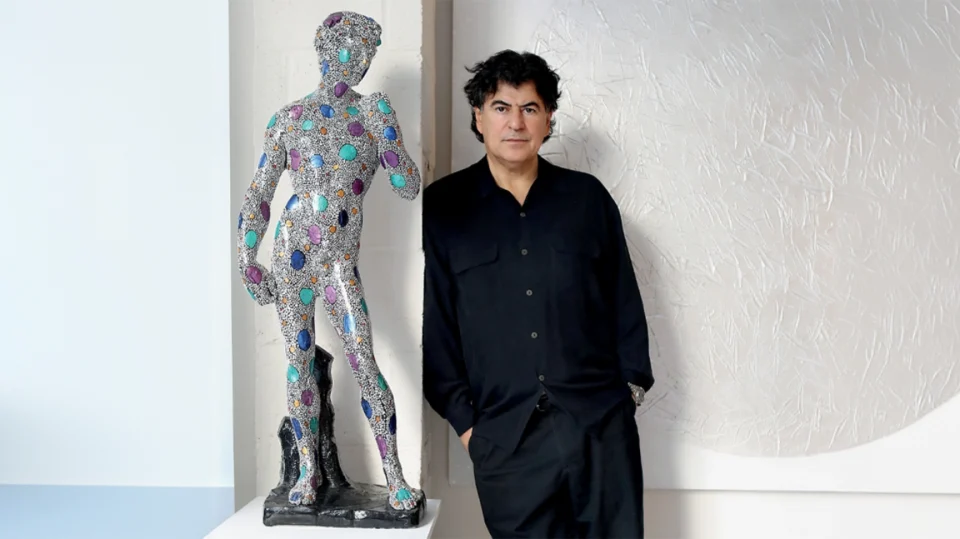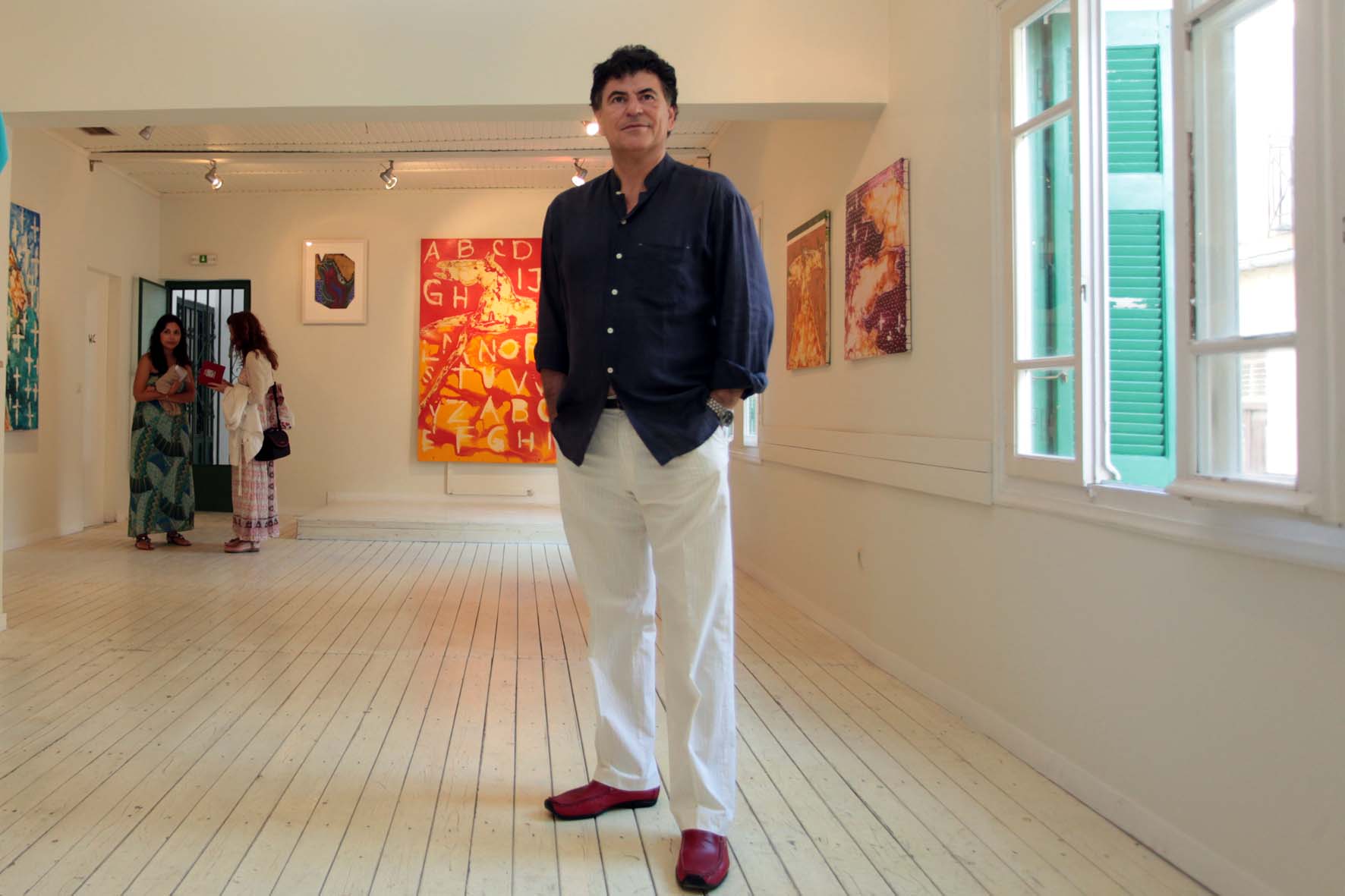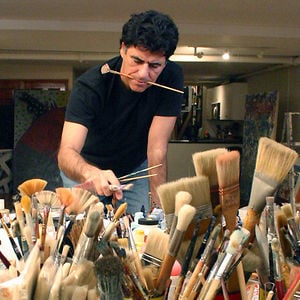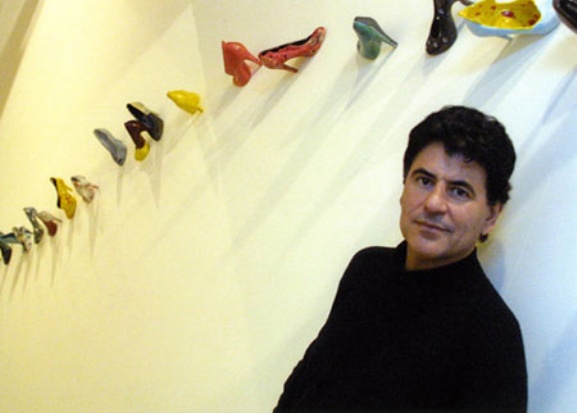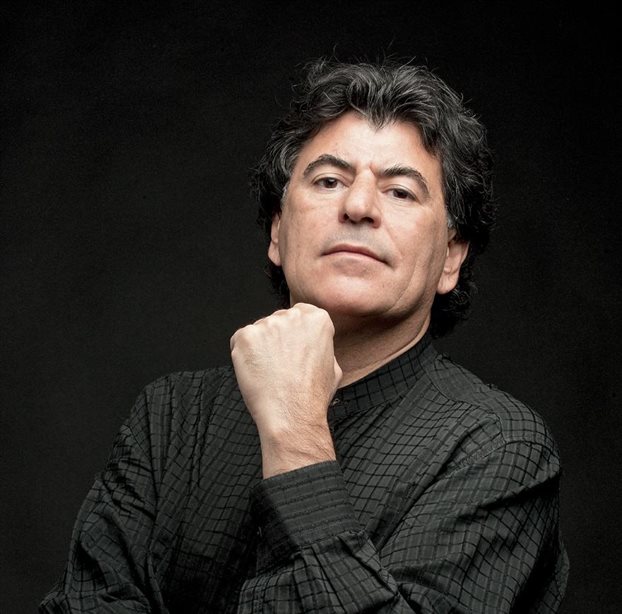Philip Tsiaras is a painter, photographer, sculptor and poet. He is an international artist living in New York. He has Greek origin, and comes from the city Grevena. He was born in 1952 in New Hampshire, USA.
He studied music and comparative literature in Amherst College, where he was awarded a fellowship for his translations from Greek to English of poems of contemporary Greek poets, such as Ritsos and Karyotakis. He was lucky enough to study by the side of the great artist Loukas Samaras, from whom he was deeply influenced, and whom he considered a great mentor.
Philip Tsiaras has showcased his work in approximately 80 solo exhibitions and even more group exhibitions. He first presented his artwork in 1974 and 1975 at Amherst College and Seattle, respectively, but his first significant exhibition took place in Athens in 1977, facilitated by collector and diaspora gallery owner Alexander Iolas.
Since then, Tsiaras has exhibited his work nearly annually in the U.S., primarily in New York at the Haber/Theodore Gallery initially, and later at venues such as the Shea & Beker Gallery (1988, 1989), the Greek Consulate (2002), and in the 2017 “Diaspora” exhibition. Additionally, he organized exhibitions in Denver at the Inkfish Gallery (1989, 1993—where he presented the “Horses” series—and 1997), Miami (1986, 1989, 1991), Los Angeles (1989), and other locations.

A significant number of his exhibitions have been held in Italy (1981 Milan, 1983 Turin, 1992 Milan, 1995 Syracuse and Venice, 2001 Feltre and Venice, 2002 Milan, 2003 Venice), where he participated three times in the Venice Biennale. In 1995, he was awarded for his work “Civiltà dell’Acqua” (“Culture of Water”), displayed in the Grand Canal. In Greece, he maintains a strong connection with galleries, initially showcasing his work at Jean Bernier Gallery (1977, 1984) and later at various others in Athens (1992 Titanium Gallery, 1994 Pieridis Gallery, 1995 Aria Gallery, 2015, 2016, and 2021 Blender Gallery) and other cities.
Tsiaras has also held solo exhibitions in Germany (1993 Bonn, 1994 Mannheim for “Airplanes and Ceramics”), Canada (1997 Toronto and Calgary, 1998 Montreal), Jamaica (1997 Kingston), Hong Kong (2002), Turkey (2006, 2007—exhibiting “Sandwiches”—and 2008 Istanbul and Bodrum), the United Kingdom (2009, 2022 London), China (2014 Shenzhen), and Poland (2015 Sopot). Through group exhibitions, his work has traveled to Japan (1985 Kobe, Tochigi, and Tokyo), Switzerland (1992 Basel), Sweden (1994 Gotland), and other locations. He also participated in the “Modern Odysseys” exhibition, held in New York in 1999 and Thessaloniki in 2000, featuring prominent Greek-American diaspora artists.
Apart from the awards mentioned, Tsiaras received the New York State C.A.P.S. Grant in 1980, the Blickle Stiftung Prize for photography in 1994, and the N.E.A. Grant twice. He was also honored with the Greek Ministry of Foreign Affairs’ Aristeion of Arts and the Lifetime Achievement Artist Award from the Alexandrion Foundation. His works are part of numerous collections and museums, including the MET in New York, the National Bank of Greece Collection, and the Emfietzoglou Collection, among others. Notably, his 3-meter sculpture titled “The Social Climber” is displayed at the new marina in Vouliagmeni, having been initially exhibited at the Venice Biennale. Eighteen books and catalogs have been written about him by prominent publishers such as Electa and Mondadori.
Tsiaras’ work, while inspired by Andy Warhol—whose pieces he collected, owning about 70 unique canvas works at one point—presents a more critical and personal artistic approach. His style is closer to that of Lucas Samaras while incorporating diverse references to art history, from Coptic painters and Byzantium to the Fauves, Cubists, and artists like Munch, Dubuffet, Bosch, Redon, and Pollock. Initially, he focused creatively on photography, offering, as noted by Niki Loizidi, a new plastic and mythological dimension to the art of photomontage. Chrysanthos Christou adds that Tsiaras achieves recognizability by combining materials and expressive elements into a cohesive unity.
One of the series he has worked on for about 30 years is “Dot Pop,” characterized by the extensive use of dots in the style of neo-impressionists. These create modern iconographies of famous personalities, referencing Byzantine art in both mosaics and iconography. The religious intensity of Byzantine iconography, with its lack of perspective and background—dominant in Western painting post-Renaissance—is evident in Tsiaras’ work. He himself admires the past, despite his distinctly modern artistic vision, stating: “Everything is essentially built on the past, but with fresh, imaginative, and even extreme variations.”

Tsiaras frequently revisits recurring themes in his art, such as airplanes, heads, vessels, and horses. Notable thematic series include “Topologies,” “Family Album,” “Horse-Boy,” “Sandwiches,” his glass sculptures, “Liquid Heads,” and “Night Drawings.” He boldly navigates the fertile yet challenging terrain of the subconscious, producing creations that, while rooted in his personal life, address timeless and universal themes. As art critic Dora Iliopoulou-Rogan observes, his work embodies a “golden ratio” between the organic and the psychological, the primordial earthly, and the eternally metaphysical.
Finally, as a quintessential artist of the diaspora, Tsiaras draws on a multitude of socio-religious influences, transforming them into universal messages. His art reflects a personal element—a trait nurtured by Lucas Samaras—while also showcasing a distinct horror vacui, a fear of empty space, noted by Marco Meneguzzo. This characteristic, reminiscent of Baroque artists, is given a genuinely modern interpretation by Tsiaras, resonating with the overflow of objects in contemporary culture. Nonetheless, he distinguishes between an object’s utility and its aesthetic value, following the conceptual insights of philosopher Georg Simmel as early as 1911.
His photographs, on the other hand, are distinguished for their sensual self-sufficiency and their critical attitude towards contemporary a-sensitivity, with references to important photographers-artists who were involved in self-portraiture, such as Loukas Samaras, Melissa Shook, Paul Diamond, Lee Friedlander.
In the words of his peer Andreas Giannoutsos, Csiaras “mocks in his work the American dream, denuded of human motivations and desires, highlighting personal cultural elements, those that go back to his childhood and his ancestral past.”

